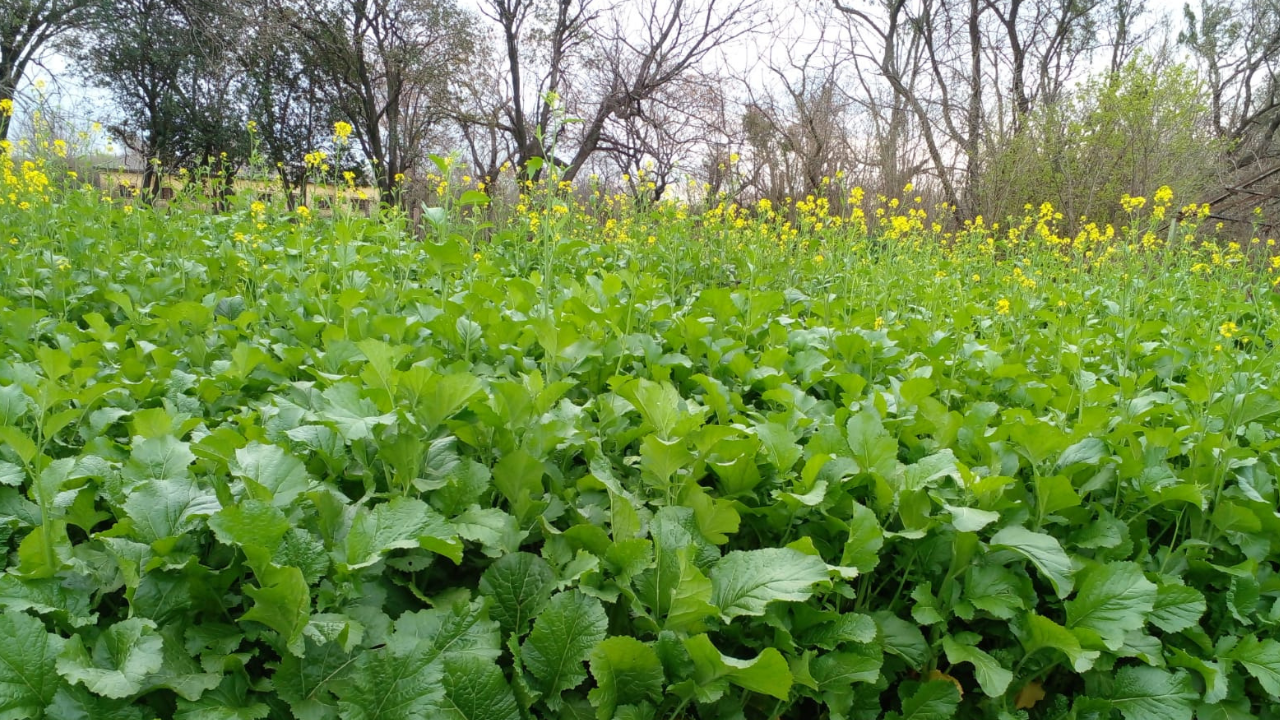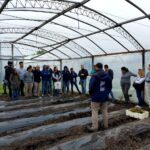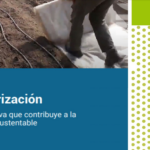
Biosolarization, green manures, and cover crops are three techniques, either combined or in different contexts, aimed at promoting healthy soil as a strategy for producing vegetables and fruits. Argentina will host an international symposium that brings together specialists from four continents, offering an opportunity to focus on those in our country who have long been experimenting with these tools for sustainable cultivation.
Vegetable production exposes the soil to adversity due to inadequate management or intensive use. Contamination with pathogens, damage from excessive fertilizers, incorporation of manure, irrigation with poor-quality water, physical and chemical degradation from successive crops without rest, and loss of structure are some of the situations that affect horticultural soils.
For years, some disinfectants were used to prevent diseases, such as methyl bromide, which is no longer allowed. Chemical fumigants are also costly for the producer. Searching for alternatives, solar energy (solarization) was tested, but repeated application of this technique degrades the soil due to the mineralization of organic matter. As a result, in addition to biological control development with the isolation of Trichoderma and other beneficial microorganisms, plant-based biofumigants (hence biofumigation) were tested. In order to restore soil structure and organic matter, techniques such as green manures and cover crops, tested in greenhouses or open fields, were also adjusted. These last two techniques are also used in fruit production, before replanting or alongside already established trees.
Techniques and their trajectories
To achieve the best soil balance, different tools are used. INTA San Pedro has been doing research in solarization since 1980. Biological control experiments were also carried out, along with those at INTA Castelar, which gradually spread to horticultural areas such as Corrientes, Mar del Plata, La Plata, Salta, Jujuy, Entre Ríos, Mendoza, and Córdoba. Each region has unique characteristics. For example, in NOA, summer is the ideal time for solarization since it’s impossible to grow in greenhouses. However, the speed of organic matter mineralization is a risk, and tools must be designed to maintain soil health. In more temperate regions, summer is when vegetables are produced, so planning is essential for tomato and pepper producers wanting to adopt these tools. New concepts, such as “resetting” the soil and freeing it from biological limitations without overusing solarization, have emerged. In La Pampa, where alkalinity and salinity are serious limitations, green manures and cover crops are heavily used.
Globally, biofumigants are widely used. These are strategically improved plants to increase glucosinolate levels, natural compounds that contribute to plant defense against insects and pathogens, mainly found in brassicas. In the U.S., Australia, and Europe, there have been detailed studies on glucosinolate contents in various species, with many years of trials and measurements regarding soil incorporation. These countries have improved varieties exclusively for biofumigant use, and Argentina has developed its first variety for this purpose. These biofumigants are planted as service crops before crops like potatoes and beets to manage nematodes, insects, and soil pathogens.
Additionally, there has been recent thought on managing crop residues, such as stubble and organic matter left after harvest, and managing organic waste from agro-industries in each region. Almería has many experiences in this area, avoiding other, less eco-friendly ways of disposing of the material. San Pedro has conducted work on this topic, with recommendations to prevent pathogen transmission to the soil (such as the tomato brown rugose virus). These measures facilitate nutrient recycling and reduce environmental impact.
20 years of the first symposium
In 2004, the first meeeting of researchers working on these techniques worldwide took place in Florence, Italy. Subsequent meetings were held in Idaho (USA), Canberra (Australia), Saskatoon (Canada), Newport (UK), Stellenbosch (South Africa), and the most recent, adapted to a virtual format during the pandemic, in Switzerland. After that meeting, a team, whose collaborative spirit grew, began organizing the 8th symposium in Argentina. In 2022, a workshop was organized to start consolidating local research, the fruits of which will be seen in October 2024.
The in-person venue for the event will be San Pedro, in Buenos Aires province, with the option to participate online. Technical tours will include visits to San Pedro growers, Zárate and La Plata horticultural belt, and the NOA in Salta and Jujuy. A total of 83 papers were submitted; some will be part of oral presentations, while others will be presented as posters. There will be six keynote lectures with speakers from Argentina, the UK, the Netherlands, Spain, the U.S., and Italy.
Mariel Mitidieri, an INTA researcher with over 20 years of experience in this field and a key local promoter of the initiative, shares the pride this opportunity represents. “I’ve always admired these researchers who work collaboratively. They are top-level, but their solidarity is invaluable for making direct contact in our country, especially in San Pedro.”
Event details
Technical tours https://biofumigacion.ar/giras-tecnicas-y-turisticas/
Schedule https://biofumigacion.ar/programa/
International and Local Scientific Committee https://biofumigacion.ar/comite/
Registration https://biofumigacion.ar/inscripcion/
More information: [email protected] Join official Whatsapp channel https://bit.ly/8symposiumbiofumigationW




